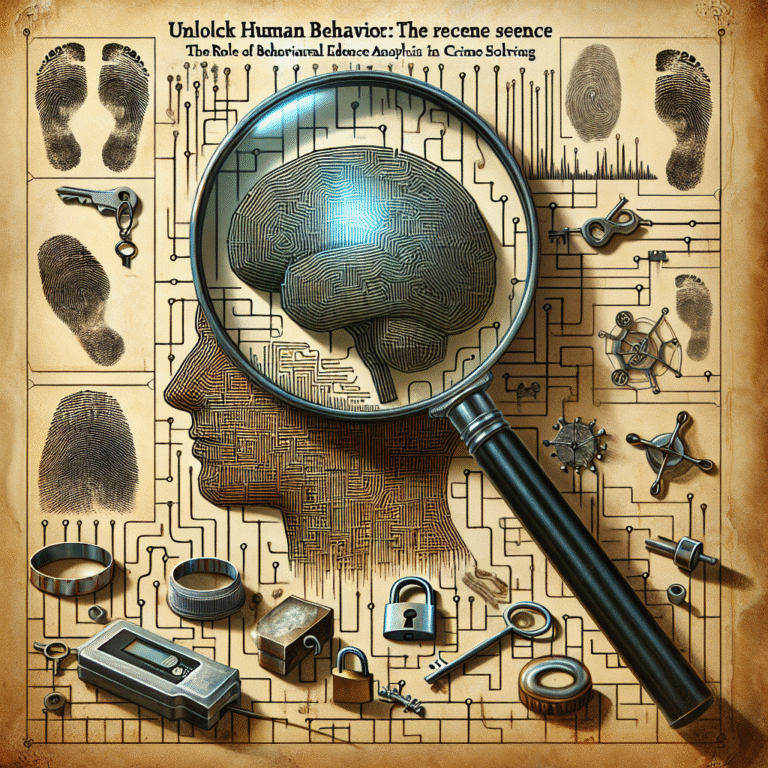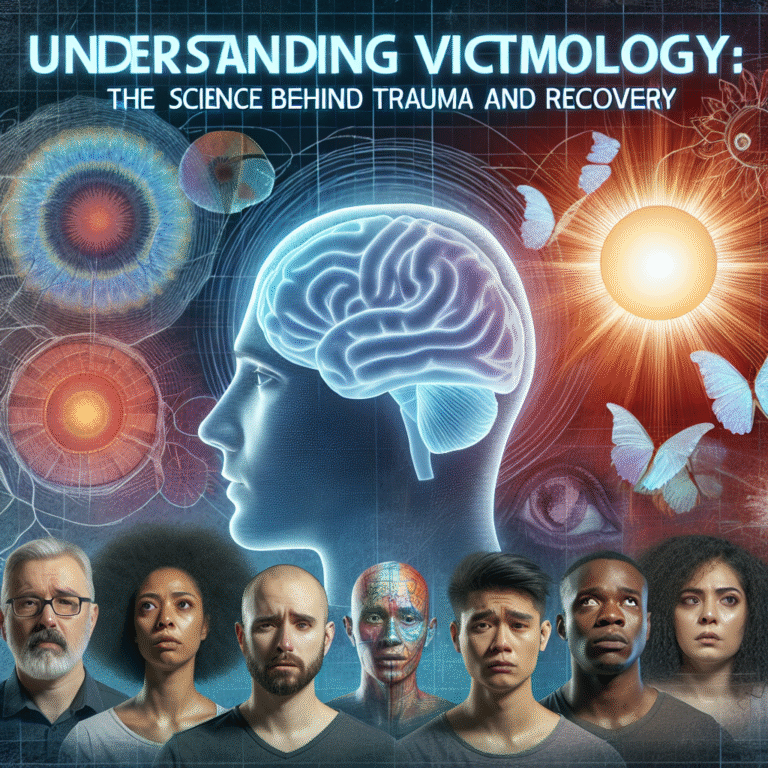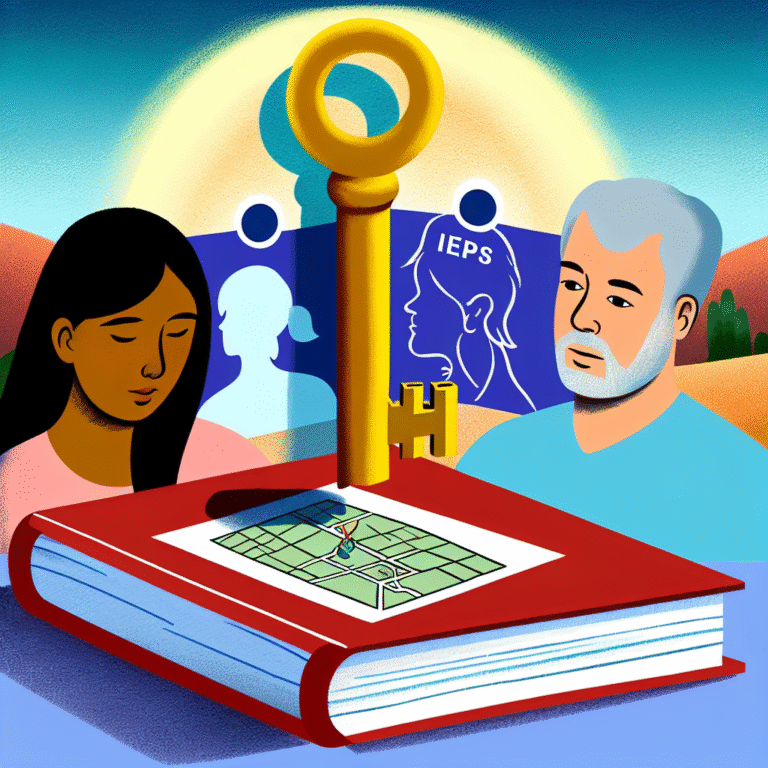
Introduction
In an age where information spreads rapidly and ideologies find their way to vast audiences within seconds, understanding and preventing radicalization has become more crucial than ever. As society grapples with issues ranging from terrorism to extremist movements, the demand for innovative approaches to assess and mitigate radicalization is growing. Innovations in radicalization assessment leverage new technologies, fostering a transformative landscape that not only detects at-risk individuals but also understands the nuances of radical ideologies. This article will delve into these innovations, exploring their impact and potential, offering a comprehensive understanding of the intersection between technology and radicalization assessment.
The Evolution of Radicalization Assessment
Radicalization assessment traditionally relied on qualitative methods, focusing predominantly on interviews and observational studies. While valuable, these approaches often lacked the scalability necessary to address the complexity of today’s problems. The rise of social media, online communities, and digital communications has pushed the boundaries of conventional methods, leading to innovative technologies that transform how we assess radicalization.
Emerging Technologies in Radicalization Assessment
Artificial Intelligence (AI) and Machine Learning (ML)
AI and ML are at the forefront of innovations in radicalization assessment. By analyzing vast amounts of data, these technologies can detect patterns indicative of radicalization—a task that would take humans considerable time.
Case Study: Predictive Policing Algorithms
In cities like Los Angeles, predictive policing algorithms utilize AI to analyze historical crime data, social media activity, and environmental factors to identify locations and individuals at risk of radicalization. This proactive approach allows law enforcement to intervene before ideologies take root.
Analysis: Such technologies present the powerful advantage of preemptive action, potentially preventing violent outcomes while fostering community relations through targeted outreach programs.
Natural Language Processing (NLP)
NLP enables systems to understand and interpret human language, providing a way to analyze communications for radical content.
Case Study: Identifying Extremist Propaganda
A recent initiative involved training an NLP system to scan social media posts for extremist rhetoric. The platform could flag concerning content using specific linguistic markers, thus enabling authorities to prioritize monitoring efforts.
Analysis: This illustrates how NLP is transforming the landscape of radicalization assessment by focusing on online behavior, which is increasingly relevant in a digital-centric world.
Big Data Analytics
The ability to analyze vast datasets comes with insights that can shape intervention strategies.
Case Study: Social Media Behavior Analytics
Research by the University of Maryland on social media interactions showed how specific user engagement patterns correlated with extremist views. Researchers could identify potential radicals by examining interactions and networks.
Analysis: The insights gained from big data help tailor tailored prevention programs, ensuring resources are focused where they are most needed.
The Ethical Dimension
While these technologies enhance radicalization assessment, they also raise ethical concerns. Balancing public safety with individual privacy is crucial. How do we ensure that these assessments do not lead to overreach or discrimination?
Informed Consent and Transparency
Many solutions must consider how data is gathered and utilized. Informed consent should guide the practices of organizations involved in radicalization assessment. Transparency about data usage can build trust between communities and law enforcement.
Bias Mitigation
Algorithms can inadvertently perpetuate biases if trained on flawed datasets. Continuous review and adjustment are necessary to ensure fairness in the assessment and intervention processes.
Innovations in Radicalization Assessment in Practice
Integration of Technologies
Innovations in radicalization assessment thrive on the integration of multiple technological solutions. By combining AI, NLP, and big data analytics, institutions can develop a comprehensive approach to understanding radicalization.
Example Table: Integrated Approaches
| Technology Type | Function | Real-World Application |
|---|---|---|
| AI | Data analysis and prediction | Predictive policing |
| NLP | Language processing for content analysis | Extremist content detection |
| Big Data Analytics | Pattern recognition in communication | Social media behavior analysis |
The Global Landscape of Radicalization Assessment
Different countries have embraced technological innovations in radicalization assessment, tailoring solutions to their unique challenges:
United Kingdom: The UK has implemented comprehensive online monitoring systems to assess individuals’ engagement with radical content, utilizing government resources and partnerships with tech companies.
Canada: Innovative assessment tools have come from collaborative efforts between universities and government entities, focusing on community-based interventions that recognize local dynamics in radicalization.
- Australia: Here, personalized assessments utilizing machine learning have been developed in universities, aiming to provide nuanced insights into individual motivations and behaviors.
Conclusion
Innovations in radicalization assessment through new technologies are revolutionizing our understanding of and response to radicalization. As these tools continue to evolve, it is crucial for stakeholders to maintain a dialogue around ethical considerations. While technology offers unprecedented capabilities in preventing extremism, it must be administered carefully to safeguard individual rights and societal values.
The shifting landscape calls for continuous adaptation and integration of these innovations, ensuring that we can address the roots of radicalization effectively. Organizations, communities, and technology providers must work collaboratively, creating holistic strategies that not only assess but also prevent radicalization.
FAQs
What are the main technologies used in radicalization assessment?
- The primary technologies include artificial intelligence (AI), natural language processing (NLP), and big data analytics.
How does AI improve radicalization assessment?
- AI analyzes massive datasets for patterns indicative of radical behavior, allowing for more precise identification of individuals at risk.
What ethical concerns exist regarding these innovations?
- Major concerns include privacy, informed consent, and potential biases in algorithms affecting how individuals are assessed.
How are these technologies applied in real-world settings?
- Authorities use AI for predictive policing, NLP for detecting extremist content on social media, and big data to analyze user behaviors.
- Is there a risk of overreach in using these technologies?
- Yes, the use of technology in radicalization assessment must be managed carefully to avoid misuse or discrimination against individuals based on flawed data.
As innovations in radicalization assessment continue to unfold, staying informed and proactive is essential. By leveraging new technologies consistently, society can create a safer and more inclusive environment for all.















